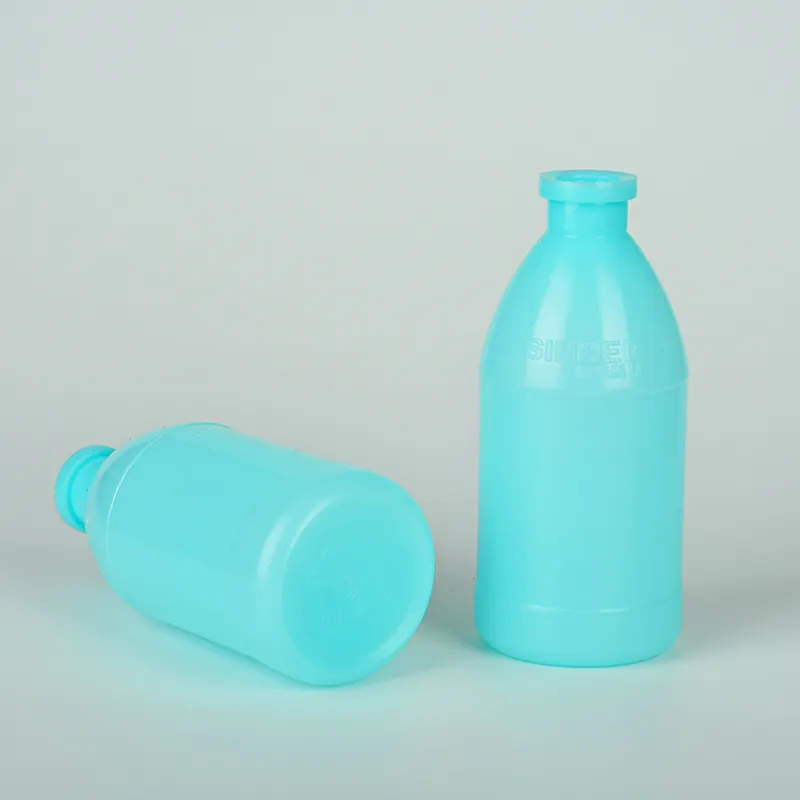60mm Tissue Culture Dish for Optimal Cell Growth and Experimentation
The Significance of 60 mm Tissue Culture Dishes in Biological Research
In the realm of biological and medical research, the importance of tissue culture methods cannot be overstated. The foundation of contemporary cell biology lies in the ability to culture cells in vitro, allowing scientists to study cellular behaviors, interactions, and responses to various stimuli in a controlled environment. One essential tool in this process is the tissue culture dish, with the 60 mm size being a particularly popular choice among researchers.
What is a 60 mm Tissue Culture Dish?
A 60 mm tissue culture dish is a round, flat container made from high-quality plastic or glass, designed specifically for growing cells. Its dimensions make it an excellent choice for various applications, from culturing small quantities of cells to performing preliminary experiments involving drug testing or cellular assays. These dishes typically have a surface treated to promote cell attachment and growth, ensuring optimal conditions for various cell types.
Benefits of Using 60 mm Tissue Culture Dishes
1. Optimal Size for Experimentation The 60 mm diameter provides ample surface area for cell growth while still being manageable to handle and store. This size is especially advantageous for experiments requiring several samples, as multiple dishes can fit comfortably in a standard incubator or refrigerator.
2. Ease of Use The design of these dishes allows for easy sampling and observation. Researchers can easily access the cells for performing assays or taking photographs for documentation. The shallow depth of the dish also facilitates better light penetration for microscopy, improving the quality of visual data collected during experiments.
3. Cost-Effectiveness Compared to larger dishes or bioreactors, 60 mm tissue culture dishes offer a more economical option for researchers working with limited budgets or those who are just starting their laboratory work. They require less growth medium, which further reduces costs associated with experiments.
60 mm tissue culture dish

4. Versatility This size dish is versatile enough to support various applications, including but not limited to stem cell culture, cancer research, drug discovery, and microbial studies. Researchers can also easily employ them for both adherent and suspension cell types, adapting their experimental design as needed.
Applications in Research
The applications of 60 mm tissue culture dishes are extensive and varied. In cancer research, for instance, they are often utilized to study the effects of different chemotherapy drugs on tumor cells. By monitoring cell viability in these dishes, researchers can efficiently screen potential treatments and determine their efficacy before moving on to in vivo studies.
In virology, 60 mm dishes can facilitate the propagation of viruses and the study of host-pathogen interactions. The controlled environment allows for precise manipulation of variables, such as the introduction of antiviral agents, to observe their effects on viral replication and host cell response.
Moreover, the dishes are invaluable in stem cell research, where they enable the growth and differentiation of stem cells into specialized cell types. This is crucial for regenerative medicine studies, where the goal is to develop therapies that can repair or replace damaged tissues.
Conclusion
In summary, the 60 mm tissue culture dish is a critical tool in modern biological research. Its size, versatility, and user-friendly design make it suitable for various applications across different fields. As researchers continue to push the boundaries of science, the tools they use—like the humble 60 mm tissue culture dish—will play a pivotal role in advancing our understanding of cellular processes and the development of new therapeutic strategies. The contributions of these dishes to the life sciences demonstrate that even the simplest tools can have profound impacts on research outcomes and the future of medicine.
-
Aesthetic Makeup Spray Bottles | Fine Mist Empty RefillableNewsAug.19,2025
-
White Plastic Veterinary Vaccine Vials | Lab Liquid BottlesNewsAug.18,2025
-
Plastic Medicine Liquid Bottle: Secure Flip Top Drug VialsNewsAug.17,2025
-
Durable 250ml Blue Plastic Vaccine Vial for Lab & Vet UseNewsAug.16,2025
-
Sterile Virus Sample Tubes: Secure & Reliable Specimen CollectionNewsAug.15,2025
-
White 250ml Plastic Vaccine Vial for Lab & Vet MedicineNewsAug.14,2025
























